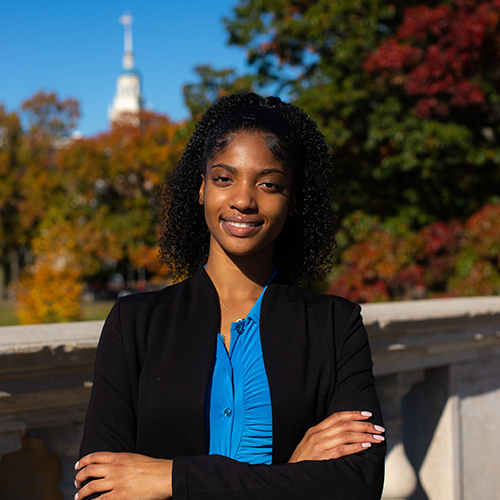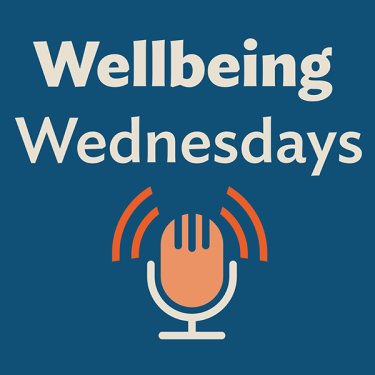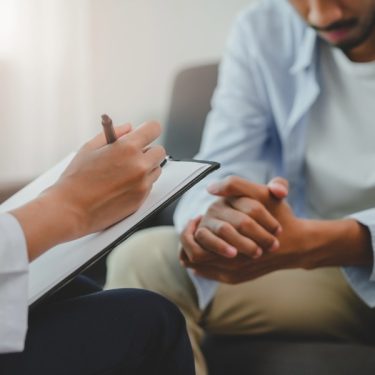Innovation Through Education
Interview with Tracy Das (pictured), a student ambassador of the National Council’s Getting Candid project, as part of the National Council’s Children, Young Adults & Families Interest Group blog series.
Knowing what information young people want and need can open doors to productive conversations about substance use. Enter Getting Candid, a National Council project that aims to give providers and other adults the tools to talk to young people directly. We spoke with Tracy to learn more about her experiences supporting the project and her passion for helping others.
Tell us a little about yourself.
“I am from Waltham, Mass. I am a first-generation Haitian-American and a rising sophomore at Harvard College on a pre-law track. I have been supporting Getting Candid for three years. It was instilled in me at a young age by my loving family to give back to the community in some way, shape or form, and to ensure I was always taking care of myself. Awareness, education and advocacy are the three principles that drive me. I hope to continue to shed insight on the youth perspective regarding the importance of mental wellbeing, as well as advocate for more conversations to reach multiple communities.”
What inspired you to get involved in the Getting Candid project?
“While in high school, I was a Waltham Partnership for Youth Trailblazer focused on mental health awareness and addressing substance use among high-schoolers. That led to becoming a statewide leader for the 84 Movement, which focused on substance use prevention among teens throughout Mass. I was then introduced to the National Council, where I saw that I could raise awareness on a national scale as a student ambassador for Getting Candid. I joined the program because I wanted to work with other likeminded teens from across the country to teach providers effective ways to promote mental wellbeing practices to young people.”
What are some of your biggest takeaways from the experience?
“A key takeaway from my involvement with the project was that prevention communication can be advertised on many different platforms, in many different ways, and can serve a variety of people in diverse demographics. For example, through Getting Candid, I have done a podcast on Twitter, shared ways providers have been effective on Instagram Live, acted out scenarios and roleplay videos, edited messaging guides made for the National Council’s website and more.
“Another highlight was the monthly meetings with other participants. We would discuss the projects we were working on to support Getting Candid’s mission of creating resources that give adults the tools to speak with young people and open doors for productive conversations. Reflecting on how professionals work with young adults like me allowed me to brainstorm better approaches and action plans. As a woman of color in predominantly male- and white-dominated spaces, it is important to have access to resources and providers who reflect the same background or have enough experience to acknowledge common disparities and causes for mental health issues. Being able to provide feedback and impact so many people, that’s what resonated with me the most.”
What do you wish other generations would keep in mind regarding mental health?
“I wish older people could empathize with the fact that the younger generation faces immense pressure in today’s society, which impacts our mental health and leads to substance use among youth. If we try to combat the root of societal issues — such as school violence, homelessness and rising student loans — and make systemic changes, we will start to see youth be more in tune with their emotions and know how to intently take care of their mental health.
“And when it comes to youth, I hope they keep in mind that substance use is not a long-term solution, and that it will delay the progress they are ultimately trying to make for better mental health. I want them to know they can seek alternative coping mechanisms that are healthier and long-lasting, like exercising, reading, going on a picnic or making a vision board. Taking care of your mental wellbeing is a lifelong journey and substances can hinder it.”
What do you hope the future of youth mental wellbeing looks like?
“I hope there is a significant reduction in suicide rates on a national level. As more and more mental health discussions occur, I can see an increasing number of demographics becoming more self-aware and cognizant of the importance of prioritizing mental health. I also hope more schools will start to implement mental health awareness curriculums, workshops and mental health training for faculty and students. I was able to be certified as a teen Mental Health First Aid peer leader through the Waltham Partnership for Youth organization in high school. I hope more youth in diverse cities like mine have access to similar training and can learn how to identify the signs of their peers’ mental health declining in time to intervene and seek assistance.”
How do you support your own mental wellbeing?
“Pilates is a new hobby I have recently enjoyed; it soothes my mind from stress. I also enjoy painting on canvases with my friends. Actively setting goals as a young adult has allowed me to not limit myself and look forward to something in the future. As I’ve been attending Harvard, which is known for its rigorous academics and hustle culture, I’ve learned to surround myself with people who bring out the best in me. I’ve also learned to stay true to the mindset that it’s me versus me. I am competing against no one but myself — the best version of myself — and I strive to be that person every day.”




